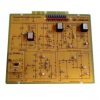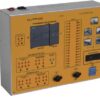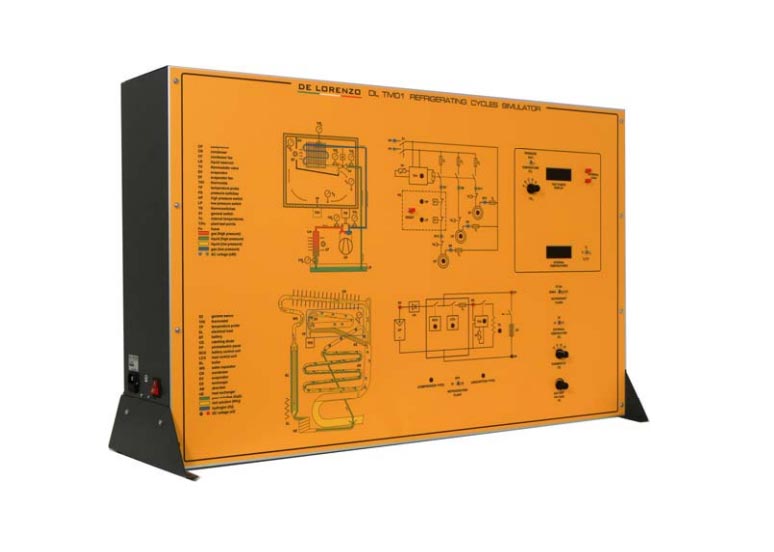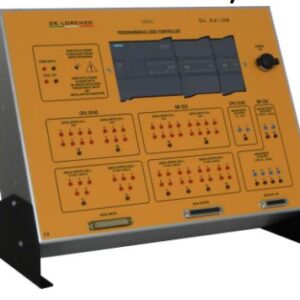TRAINING OBJECTIVES
It is possible to simulate the behaviour of components and systems, on the basis of the operating conditions which can be monitored directly on the panel or through Personal Computer by teacher and students.
The Personal Computer constantly keeps under control the simulation in progress and displays its behaviour through analog and digital signals and meters; in this way the student, through measurements and tests, can go on with the troubleshooting.
TECHNICAL DESCRIPTION
The refrigerating cycle with liquefactible gas evaporation /compression is composed of the following main elements:
• Hermetic compressor
• Ventilated condenser
• Tank for the liquid
• Automatic thermostatic valve
• Ventilated evaporator
• Regulation thermostat
• Safety pressure switch
• Refrigerating fluid temperature/pressure test‐points
• Possibility to test the main alternative refrigerating fluids, such as: R‐125 alternative to R‐502, R‐134a alternative to R‐11 and R‐12, R‐407C alternative to R‐ 22
The temperature absorption/diffusion refrigerating cycle, based on a solution of water‐ammonia with inert gas (hydrogen), is composed of the following main elements:
• Aggregate consisting of boiler, water separator, condenser, evaporator, exchanger, absorber
• Electrical resistance for the boiler heating
• Regulation thermostat for electrical resistance insertion
• Solar power system composed of photovoltaic panels, block diode, battery, for the conversion of solar energy into electrical power and subsequent storage in the battery
• Electronic device for insertion/disconnection of photo‐voltaic panels, on the basis of the battery loading status • Possibility to simulate the various operating situations on the basis of the battery loading status, the temperatures and the regulations
REFRIGERATING CYCLES
The simulator allows the study, the performing of experiments and the troubleshooting for the following systems:
• Refrigerating cycle with liquefactible gas evaporation/ compression;
• Refrigerating cycle with absorption/ diffusion.
These systems are reproduced on the panel, through a colour representation which allows a complete analysis of the fluid circuit, of its components and of the electrical/electronic circuit for control and regulation.


















